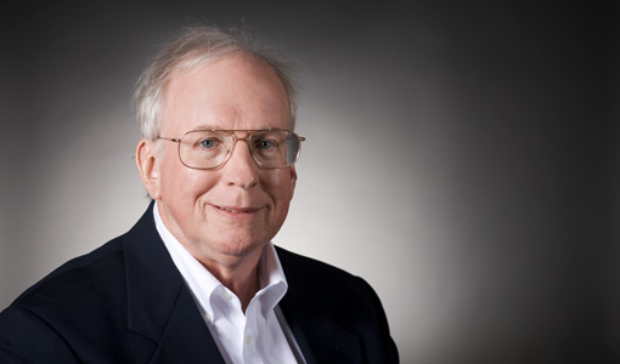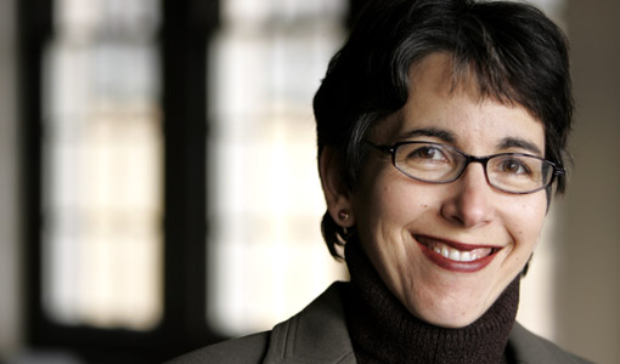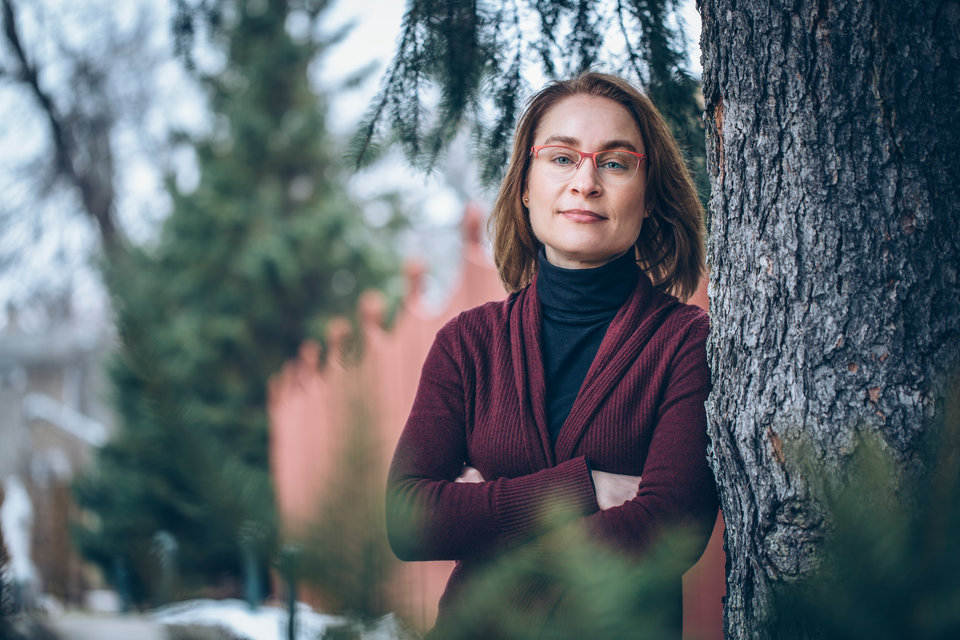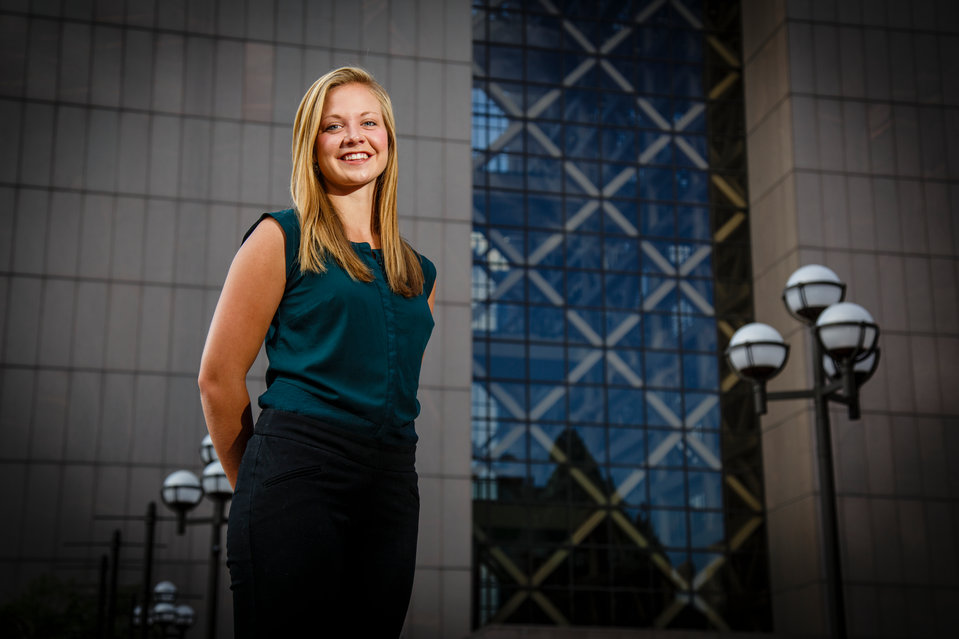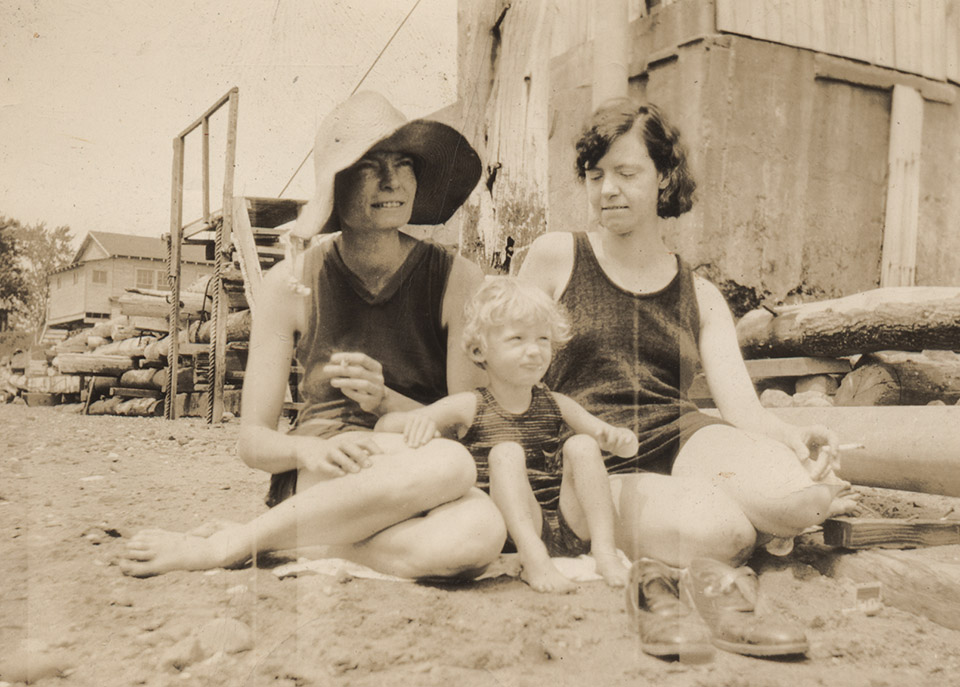Last spring, George Grieve, a political science alumnus, returned to campus and spent two and half days attending classes and talking with faculty and students. He even stayed on campus. Grieve spent 23 years working with the Central Intelligence Agency and is a financial planner at Money Concepts International. In a conversation with Dean Marisa Kelly, Grieve reflects on why he visited and what he found while he was here.
You had an experience that few alumni do. What prompted you to take several days out of your busy schedule and become a student again?
As a member of the College of Arts and Sciences Board of Advisers, I came for the spring board meeting. Having lived in the Washington, D.C., area for the last 38 years, I knew I was not current with new developments at St. Thomas.
I also came to do professional due diligence on the university. My wife, Peggy, and I are endowing a scholarship for the study of liberal arts. We hope to encourage more interdisciplinary study. We wanted to make sure that we would receive good value for our investment. I also wanted to be sure my sense of St. Thomas was for real.
I perform due diligence on a financial investment before I recommend it to one of my clients. You do not take someone’s word for it; you go out and kick the tires, you look at the physical facilities and interview the employees. I came to two key conclusions. First, St. Thomas is an even better educational institution than I thought it was. Second, St. Thomas is more Catholic and less secular than when I graduated in 1965.
Wonderful. Can you tell me more about your interactions with students?
I visited on a Wednesday afternoon and from the start I was looking at the campus. There were some athletic events going on and I studied student interaction and body language. I could see serenity and happiness on their faces as they went about their activities. The campus is clean and beautiful and the facilities are excellent. I spoke with a student who said that she chose to attend St. Thomas based on her impressions of the friendly atmosphere on campus and the way students interacted with each other and with visitors on her first visit here.
Based on the subjects about which you told me you were interested, I arranged for you to attend six classes over two days. Some were classes designed for first-year students and others for seniors. What did you think?
It was all very revealing. I could see the differences between the freshmen and seniors in terms of their confidence and their interaction with each other. I went to each class early and observed the students interact with one another and, of course, the professors. Each class surpassed my expectations. I am very impressed by what I saw. The faculty care about the students and were obviously knowledgeable in their fields. It all made me feel comfortable about my decision to put our money into a scholarship for the study of liberal arts. In addition, it made me realize that I want to leave the fields of study eligible for the scholarship more open than I at first thought to allow for more interdisciplinary studies by the students.
On two different occasions you had lunch with groups of students: with members of the Foreign Affairs Club, and with students primarily majoring in English who were taking the Victorian Literature class.
Yes. They were very different groups but both provided great interchanges. And in both cases the students told me that, since they were going to be St. Thomas graduates, they were not worried about finding jobs and that they thought the community at large understood that the graduates of St. Thomas were special people. They just were comfortable with the image of being St. Thomas graduates.
Let’s go back to one of your earlier comments. You mentioned that St. Thomas is more Catholic than when you were a student.
I think a big part of Catholic education is learning how to defend the faith. You cannot teach students how to defend the faith unless you first expose them to opposing ideas that attack the faith and then they learn to defend the faith. Themes of morality and faith were present in all the classes I visited. Even in geography there was an undercurrent that we are stewards of God’s creation and that we need to keep that in mind while studying these issues. I observed that it was woven into all of the instructors’ presentations.
I believe a Catholic education leads a student from reason to faith through the humanities – its music, its art and its literature. You cannot move from one to the other without that discipline, and that is obvious in how the Catholic faith is practiced. The church, the music, the literature, the stained glass windows, the statuary, the liturgy – it’s all set up to take you to a higher level. And I believe that St. Thomas will ensure that the humanities continue as a major component of its Catholic teaching.
What else do you see as a critical part of education in the 21st century?
The problems we face today have become extremely complex. I believe that the path to solving many problems lies in an interdisciplinary approach. We need to teach students how to evaluate models of possible solutions.
Let’s go back to some things I have been reading and what they say about combining right-brain and left-brain thinking to solve complex problems. Generally, left-brain thinking is considered logical and businesslike, while right-brain thinking is considered creative. Some argue that left-brain thinking is increasingly being done by computers. They argue that, if we are going to move forward, we need to bring more right-brained thinking into developing new problem-solving models.
Left-brained people like symmetry. When they build their model, it will be laid out logically in a grid. Then a right-brained person will build a model and it will have allkinds of flair and be pastel. The left-brained people will reject it immediately, saying they do not like pastel no matter what the model might be capable of accomplishing. But they need to recognize the importance of going in and looking at the pastel model because it could contain elements that can be combined with the left-brain model that may actually lead to a solution to the problem.
We need to teach today’s students how to do this. With all of the issues we face today, students need to use all available resources. They need to have respect for each disciplinary perspective and work to bring left-brain thinking and right-brain thinking together. Developing that skill can take a lifetime of learning, but it is something that people should think about and move toward.
You have had a lot of experience in the world and have had the opportunity to come back and look at St. Thomas through the lens of all your experience. In light of that, do you have any other advice for current or future St. Thomas students?
Enjoy it, to start with. The most important thing Ilearned at St. Thomas was how to learn. It has helped me throughout my life. After my visit to the campus, I felt jealous. I wish I could be a freshman again and start over at St. Thomas. It would be nice to relive it. So while you are here, enjoy it. Appreciate the education you are getting. As your life goes on you will continue learning, both in formal settings and through life experience, but none of it will be as pleasant and enjoyable as it is now.
Read more from CAS Spotlight
